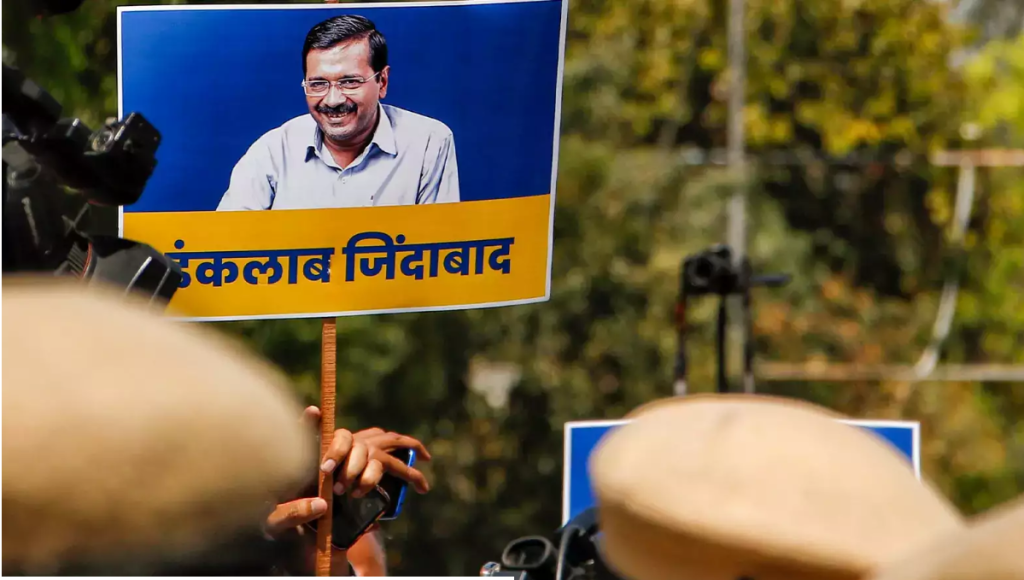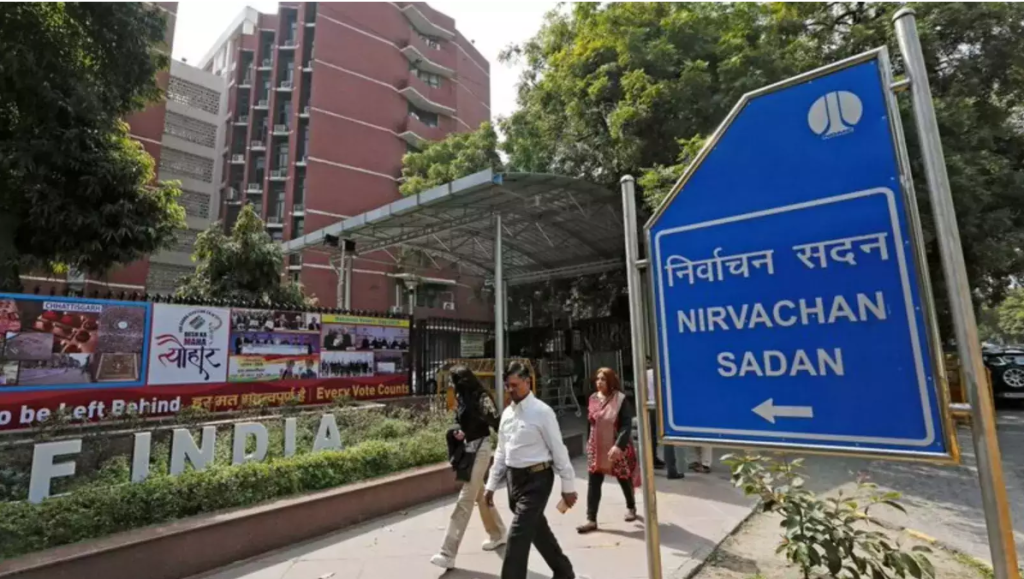Open economies are highly vulnerable, so put up your shutters to flows of global capital. That was the lesson drawn by most people from the East Asian crisis. They noted how China and India, which had capital controls, with stood the crisis.
I myself was an early proponent of this view. But Eastern Europe has evolved in almost the opposite direction of East Asia, so I am obliged to revise my view. Most Indian commentators blithely ignore Eastern Europe and talk only of East Asia. Our readers deserve better treatment.
In August 1998. Russia defaulted on its foreign debt. Panic swept through the whole of Eastern Europe, interest rates shot up currencies came under severe pressure. But then a remarkable divergence occurred. Investor confidence swiftly returned in the most open countries (Poland. Hungary, the Baltic states).
Here interest rates quickly came down. Currencies stabilised, and growth remained rapid. By contrast, the most insulated economies (Russia,Ukraine) imploded.
Instead of noting this dichotomy, most Indian commentators simply talk of Russia failing because it liberalised too fast, because it went for a big bang and shock therapy. This is simply false. Russia is a laggard, not a fast liberaliser in the region. Poland was the Big Bang country which went for shock therapy, and is among the fastest-growing countries of the region.
The accompanying table shows how countries are rated on an Index of Economic Freedom compiled annually by the Wall Street Journal- and Heritage Foundation. The index ranges from 1 (very free) to 5 (totally unfree).The index is a composite often characteristics ranging from the trade regime to property rights. In Eastern Europe, Russia ranks well down in the list. So do Ukraine and Belarus.
In general, the most free economies have outperformed the more closed ones. I do not have firm figures for GDP growth in 1998, but advance estimates indicate that most of the most open economies have registered GDP growth raises of 5 per cent, withstanding financial contagion from Russia. Virtually all countries of the region have open capital accounts and total convertibility.
So unlike in Asia, capital controls do not explain the difference between success and failure. There are two main reasons to me difference. All successful countries have strong institutions that work. The unsuccessful ones have \’weak institutions pervaded by the mafia, corruption and sloth. So the first key difference is not openness but institutional strength. The second big difference is integration with the West. All the successful countries aspire to become members of the European Union, and are shaping their economies to that end. All the failures want Western money but a distinctive identity. Russia has no intention of submerging itself in the EU. Ukraine and Belarus want to re-merge with Russia. Clearly a future with the EU attracts more investor confidence than a future with Russia.
Swadeshi has taken a back seat in the successes. Governments are not only willing eager to let foreign companies capture the commanding heights. These companies, they believe, are the best agents for raising productivity and institutional capacity to western levels. West European factories are relocating in Eastern Europe to take advantage of lower wages. Today, three-quarters of Hungary\’s exports to the EU come from European multinationals based there. Foreign banks have a strong presence in all these countries.
This explains why global investors who panicked in East Asia and Brazil remain confident of Eastern Europe. Investors are comfortable with the corporate and financial structure in Eastern Europe, dominated by multinationals and moulded to EU specifications. They are not confident about structures in East Asia and Latin America, dominated by local companies and governments with very different cultures (Asian values, Latino independencia).
The lesson: you can withstand financial crises not only by putting up your shutters but by integrating yourself closely with the West. It is simply wrong to be dogmatic about either solution: both can work. Each country can choose which path is best.
This implies that we need to abandon the new conventional wisdom about the necessity of capital controls. Eastern Europe shows that the new conventional wisdom is no more than a partial truth. Openness by itself is not dangerous. What is dangerous is to have openness without Western standards of corporate and financial governance. The solution is not necessarily to put up your shutters. It can also be to work to make your corporate and financial standards as high as in the West. Indeed, even countries that put up their shutters need to view this as a temporary measure until they have strengthened their corporate and financial systems. Given our glacial progress in this respect, temporary for India may mean a pretty long time.
| Index of economic freedom | GDP growth 1994-97(%) | |
| Czech Republic | 2.05 | 3.6 |
| Estonia | 2.15 | 4.1 |
| Latvia | 2.85 | 2.2 |
| Hungary | 2.90 | 2.5 |
| Poland | 2.95 | 6.3 |
| Lithuania | 3.00 | 0.5 |
| Slovak Republic | 3.05 | 6.3 |
| Slovenia | 3.10 | 4.0 |
| Romania | 3.30 | 2.1 |
| Moldovia | 3.35 | 10.2 |
| Armenia | 3.45 | 5.4 |
| Russia | 3.45 | 5.3 |
| Georgia | 3.65 | 2.9 |
| Ukraine | 3.80 | 12.1 |
| Belarus | 4.15 | 2.6 |




